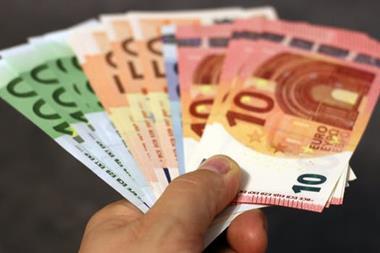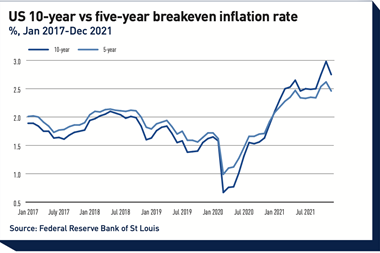Real asset strategies with allocations in riskier assets such as equities and real estate have paid off for Swiss institutional investors last year in terms of returns, according to a study conducted by consultancy PPCmetrics.
Strategies with an allocation to equity of 15% – split 10% in foreign and 5% in Swiss equities – and a Swiss real estate allocation of 7.5%, returned 2.4% last year.
Strategies with a higher equity allocation – of 50% split into 15% Swiss and 35% foreign equities – and a share of Swiss real estate investments of 20%, saw returns go up to 12.7%, according to the study.
The same strategies returned between 2.8% and 7.7% per year over a period of five years, and 3.5% and 7.9% annually over a period of 10 years.
Foreign equities recorded the highest increase in value in 2021 with 26.1%, whereas Swiss equities returned slightly lower, but still high returns of 23.4%.
Returns on Swiss listed and unlisted real estate investments also showed a positive development last year. Swiss real estate investments (investment foundations in Switzerland) returned 5.7%.
Returns on unlisted real estate investments (KGAST Immo-Index), listed real estate funds (SXI Real Estate Funds) and listed real estate shares (SXI Real Estate Shares) ended on a positive note at the end of last year, the study showed.
Listed real estate funds performed best, followed by unlisted real estate investments and listed real estate assets.
The study noted that alternative investments, particularly private equity, commodities and infrastructure, grew significantly and generated positive returns.
Listed private equity, commodities and listed foreign real estate investments outperformed the broader equity market, while other alternative investments reported lower returns. Listed private equity investments generated the highest returns of 56.5% in 2021. Inflation-linked bonds yielded 4.2%.
The bond issue
In strategies with a decreasing allocation to bonds returns have increased, according to the study, for example if an allocation to Swiss bonds reaches 55% orf a total portfolio, returns stand at 4.5%; with a 32.5% Swiss bonds allocation the return is 11.1%.
Last year Swiss bonds recorded negative returns (-1.8%) and foreign bonds hedged in Swiss francs also showed negative returns (-2.5%), partly the result of the negative effect of currency hedging.
The interest rate of Swiss government bonds with a 10-year maturity rose in 2021, closing at -0.13%.
Expectations of mounting inflation and the associated expected rise in interest rates led to higher Interest rate risks (long-term bonds) not compensated with additional returns.
Bonds issued in developed countries and emerging market bonds carried negative yields last year. Bonds from emerging countries issued in US dollars resulted, however, in higher yields than bonds from developed countries, while bonds in local currencies suffered significant losses, according to PPCmetrics.












No comments yet